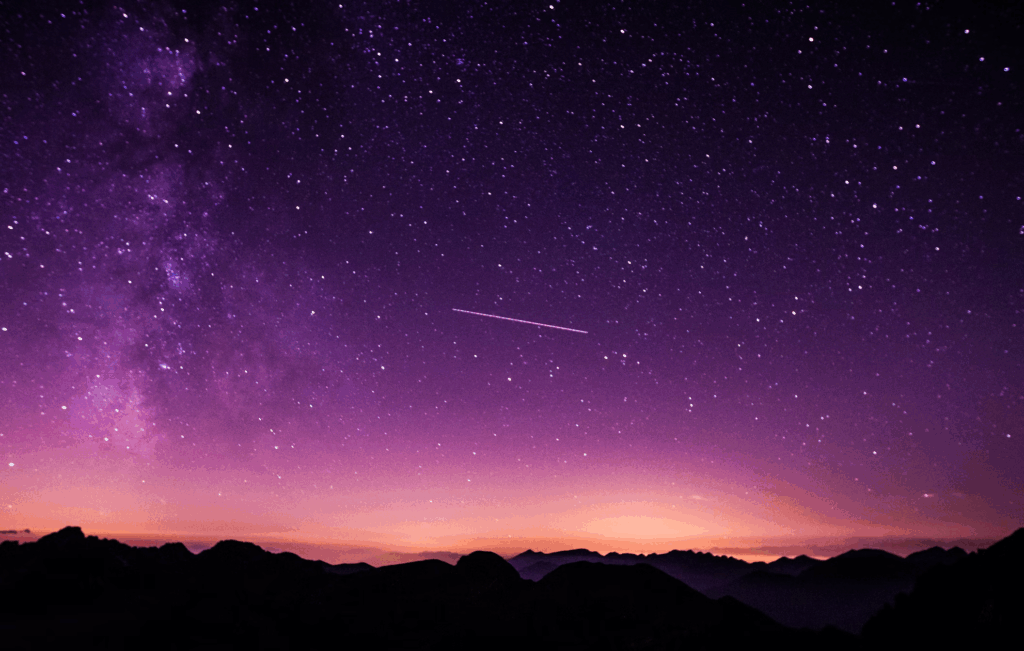Something Strange Is Falling From the Sky—And It’s Not Just One Thing
Across quiet towns and distant coasts, strange lights have begun carving arcs through the night sky. Bright streaks. Fiery flashes. And sometimes—eerily—twice in one night. Reports are coming in from both hemispheres, and the phenomenon isn’t just dazzling—it’s baffling.
What skywatchers are witnessing is something astronomers are calling a “dual meteor event,” a rare intersection of multiple meteor showers creating an otherworldly spectacle. But amid the wonder, experts offer a quiet warning: not everything tumbling through our atmosphere can be neatly explained.
The Night Sky’s Double Feature Has Begun
This summer’s skies are delivering more than just wish-worthy shooting stars—they’re serving up a rare cosmic duet. The Alpha Capricornids and Southern Delta Aquariids are peaking together, casting sparks above the southern horizon in a synchronized display not seen in years.

While these showers don’t rival the meteor storms of Hollywood legend, their overlap makes for something special. The Southern Delta Aquariids—debris from Comet 96P/Machholz—fire through the atmosphere at breakneck speeds, often leaving luminous trails that hang in the air like fading ghosts. Their radiant point lies in the southwest, near the Aquarius constellation.
The Alpha Capricornids, though fewer in number, bring boldness where the Aquariids bring speed. Known for slow, dramatic fireballs, they’re fragments of Comet 169P/NEAT and seem to fall from the heart of Capricornus. Even at five meteors per hour, they leave a lasting impression with glowing, colorful tails that drift like smoke through the stars.
“When these two showers overlap,” said Thaddeus LaCoursiere of the Bell Museum, “you get more than the sum of their parts. It becomes something ethereal.”
The Perseids Are Coming—But There’s a Catch
Next up: the Perseids, a perennial favorite among meteor hunters. They’re expected to peak around mid-August, and under perfect skies can unleash up to 100 meteors per hour. But this year, they’ll be competing with an uninvited guest—a nearly full moon.
“The moon is the showstopper this time—and not in a good way,” said Nick Moskovitz of Lowell Observatory. The bright moonlight could drown out up to 75% of the Perseids’ brilliance, leaving only the brightest streaks visible.
Still, experts urge fans not to skip it entirely. Even muted, the Perseids can surprise—especially with their famously bright bursts and occasional fireballs.
Where, When, and How to Watch
If you’re planning to catch the show, strategy matters. Get as far from city lights as possible. Ditch your phone to let your eyes fully adjust. And aim for after midnight, when meteor rates typically climb.
The Southern Hemisphere holds a slight edge for the current dual showers, thanks to clearer views of the radiant zones. But even northern observers can catch a glimpse—especially when the moon sets and skies darken.
Hunter Miller from Chicago’s Adler Planetarium recommends a wide-open view of the southern sky and a lot of patience. “Give yourself an hour. Don’t scan—just settle in and let the sky come to you.”
Bonus tip: On July 28, just after sunset, look west. A crescent moon will slide near Mars in a striking planetary pairing—a cosmic appetizer before the main meteor course.
Final Glance: Look Up, But Don’t Blink
This season is no ordinary stretch of summer sky. It’s a cosmic convergence—a fusion of meteor showers, planetary alignments, and moonlit drama. Even with lunar interference dimming the Perseids, the Alpha Capricornids and Southern Delta Aquariids offer a rare moment of natural wonder.
So pack a blanket, head for the dark, and look up. The sky is telling stories again—and this chapter might just leave you speechless.
